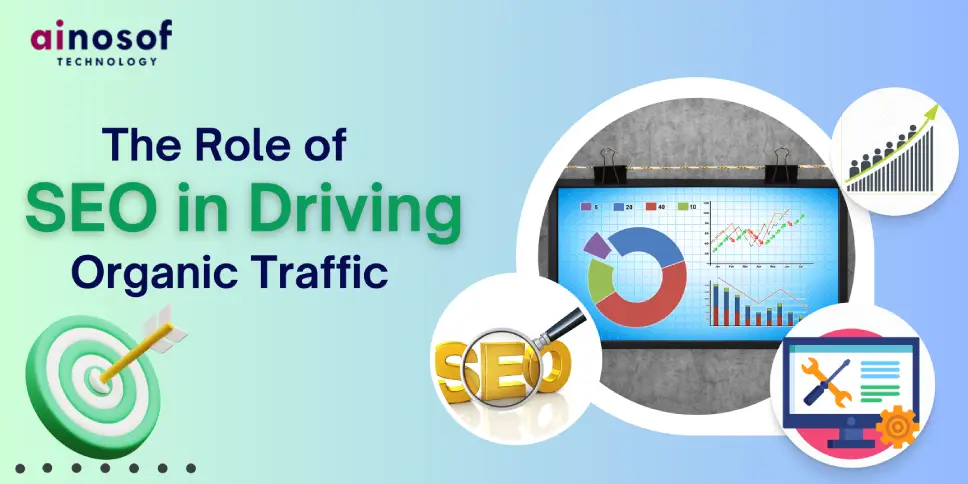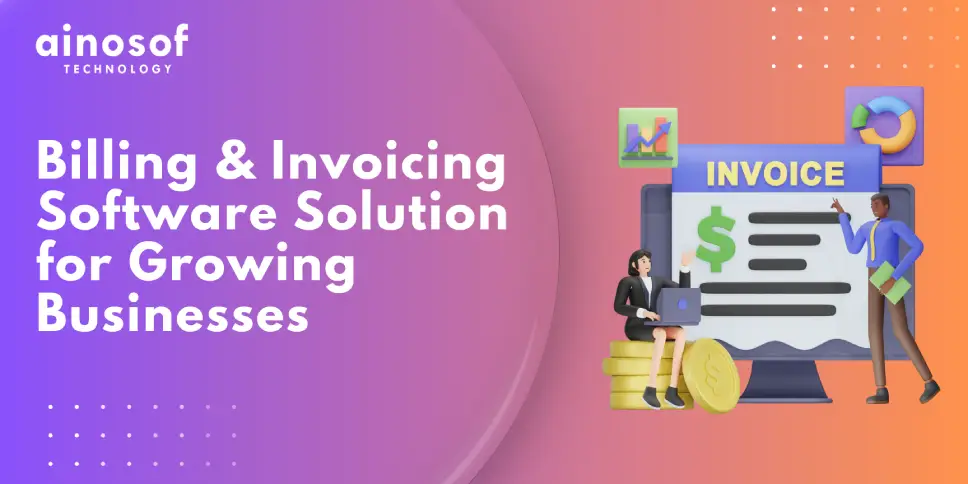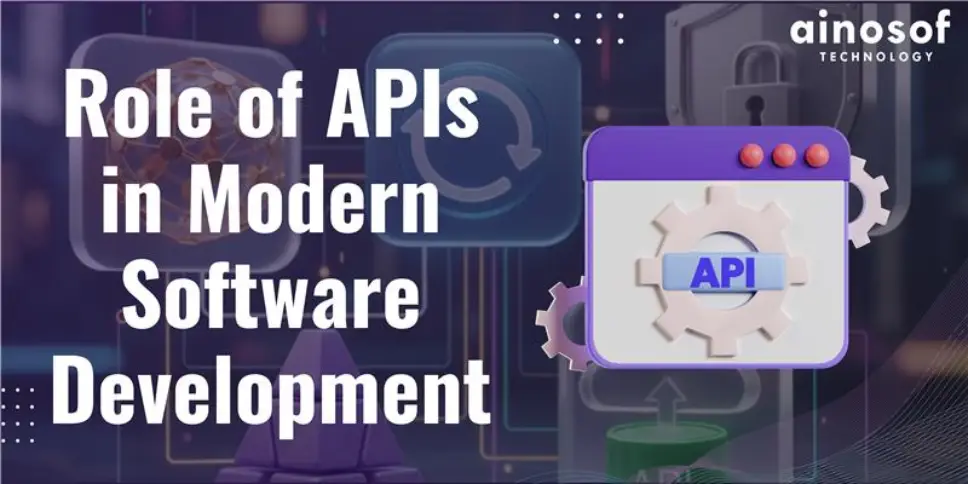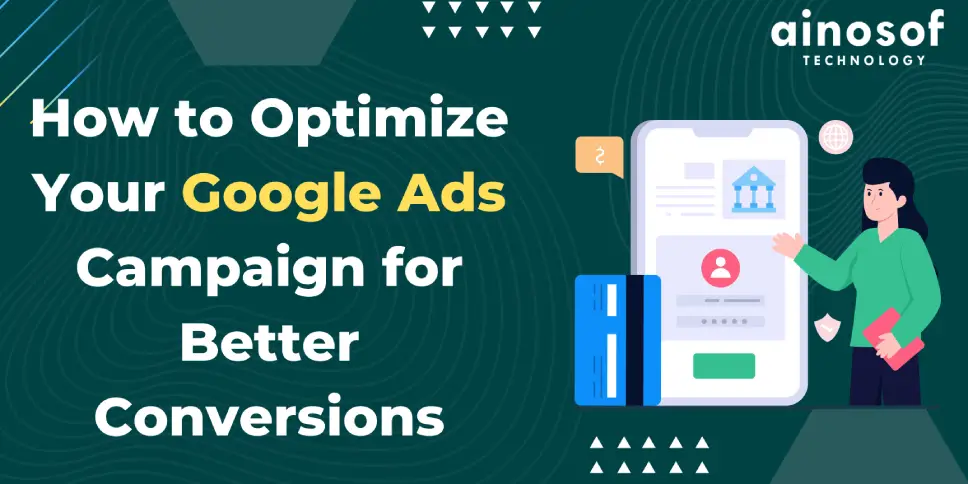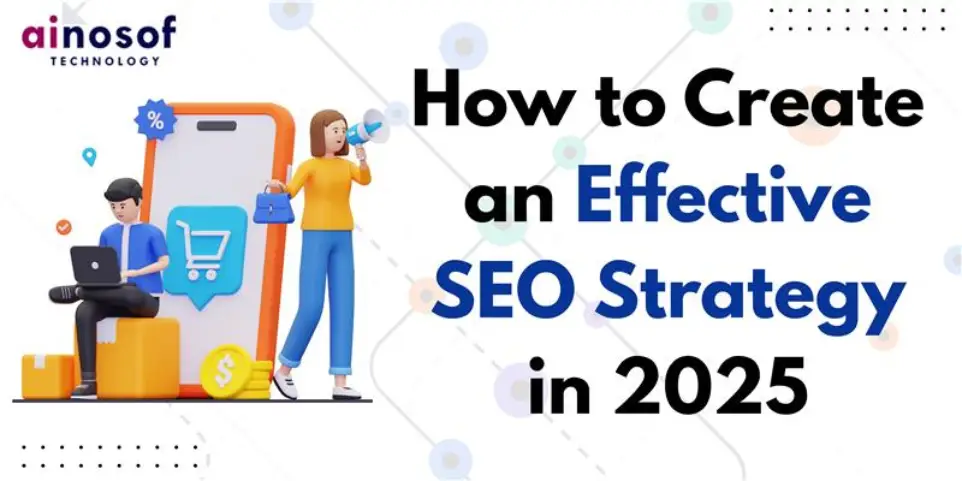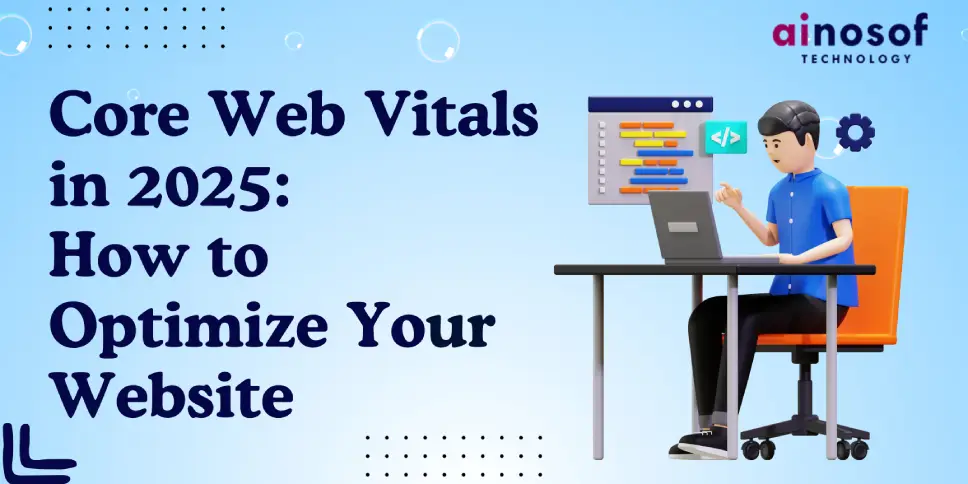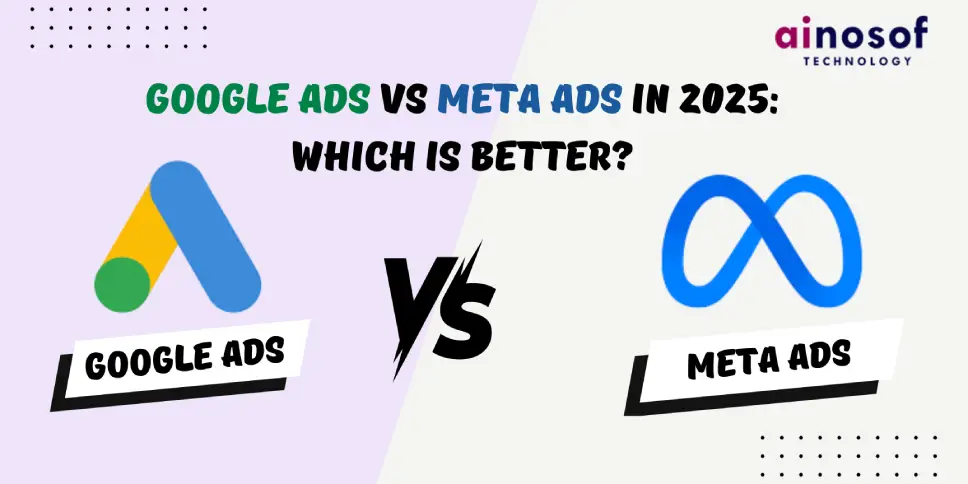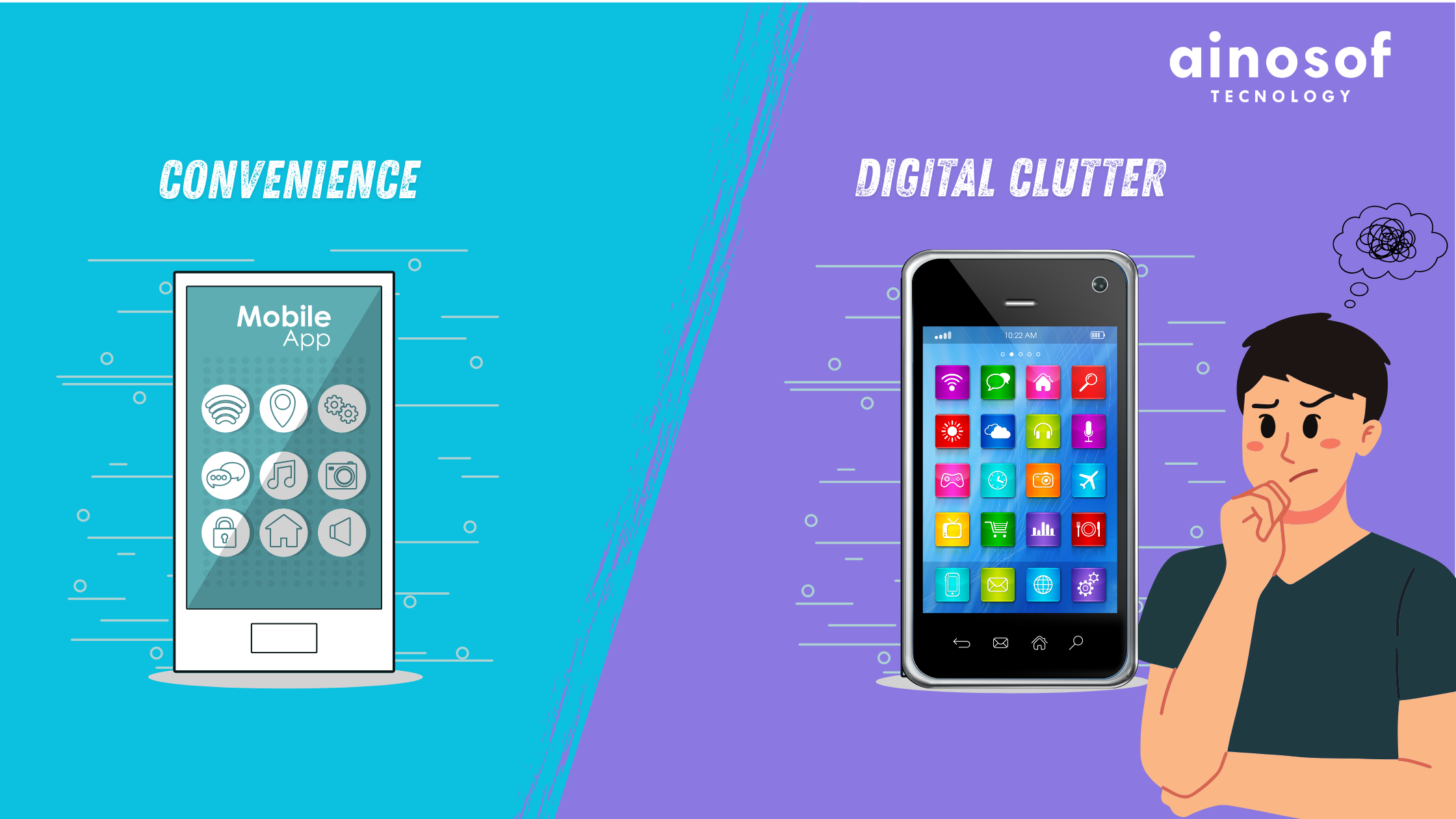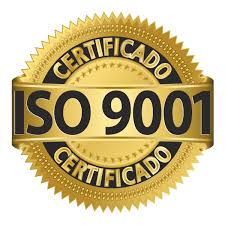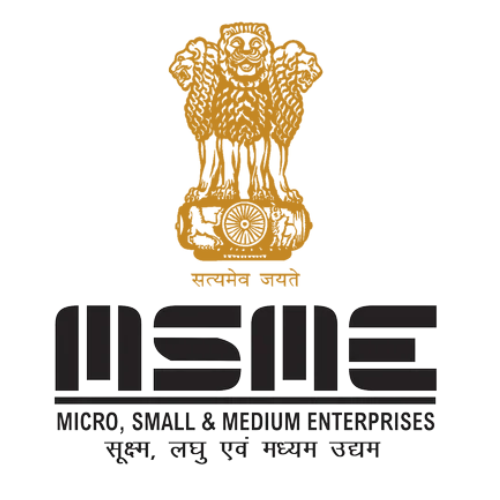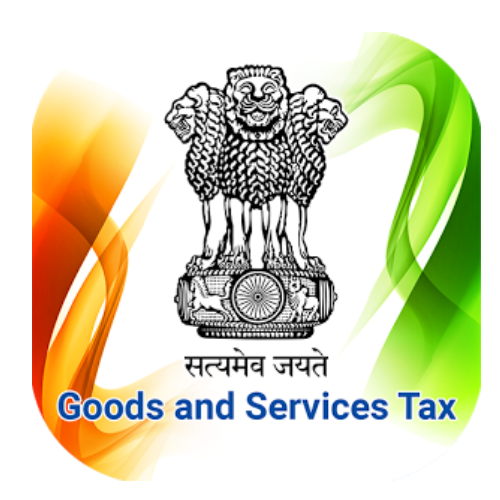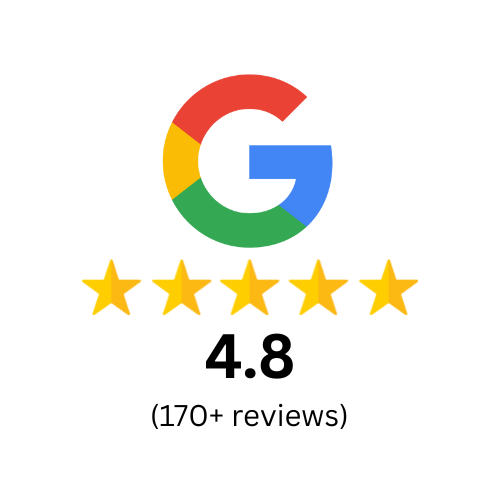In today’s digital-first world, simply creating a website isn’t enough. If your potential customers can’t find you online, your products or services may remain invisible — no matter how great they are. This is where Search Engine Optimization (SEO) becomes crucial. SEO is the cornerstone of digital marketing strategies that helps businesses attract organic traffic — visitors who find your website naturally through search engines like Google, without paid promotions.
In this blog, we’ll explore what organic traffic is, how SEO drives it, and which strategies ensure consistent and long-term traffic growth.
What is Organic Traffic?
Organic traffic refers to website visitors who come from unpaid search engine results. These users discover your content by searching for relevant keywords on platforms like Google, Bing, or Yahoo, and clicking on your link from the Search Engine Results Page (SERP).
Unlike paid traffic, which requires ongoing investment in ads, organic traffic is earned by optimizing your site and content. The benefits of organic traffic include:
- Cost-effectiveness: Once your pages start ranking, you can enjoy consistent traffic without continuous spending.
- High-intent visitors: People searching with specific queries are more likely to engage or convert.
- Brand credibility: Appearing in top search results builds trust and recognition over time.
How Does SEO Work and What Is It?
The process of improving your website to increase its visibility in search engines is known as search engine optimization, or SEO. Making your content authoritative, user-friendly, and relevant is the aim in order to have search engines give preference to your sites when users look for related keywords.
Essential Elements of SEO:
Onpage SEO
- Enhancing headers, content, descriptions, and meta titles
- Making use of internal links and focused keywords
- Including clear URLs and image alt text
Offpage SEO
- Earning backlinks from high-authority websites
- Managing online reputation and brand mentions
- Using influencer outreach and guest posting
Technical SEO
- Increasing mobile responsiveness and website speed
- Ensuring secure (HTTPS) and crawlable architecture
- Making use of XML sitemaps and structured data
When these elements work together, they improve your site's ranking — which ultimately leads to more organic traffic.
How SEO Drives Organic Traffic
SEO and organic traffic are directly connected. Better SEO equals higher rankings in search engines — especially in the coveted top three positions, which attract over 60% of all clicks.
Here’s how SEO directly contributes to increased organic traffic:
- Higher Rankings = More Clicks
The higher your site ranks on search results, the more visible and clickable it becomes.
- Quality Content = Longer Engagement
Good, helpful, useful, quality content, keeps people on your site longer and will help with engagement and lowering your bounce rate.
- Authority = Trust
If a site links to your site, and you have a better domain authority, this lets users and Google know your content is trustworthy.
- Keyword Optimization = Search Relevance
When your content matches user search intent (what they are looking for), your content becomes more relevant and therefore likely to rank better.
Proven SEO Strategies to Boost Organic Traffic
Whether you’re a startup or an established brand, implementing the right SEO techniques will significantly impact your organic growth. Here are core strategies to focus on:
1. Keyword Research & Optimization
Identify what your target audience is searching for. Use tools like Google Keyword Planner, Ubersuggest, or Ahrefs to find high-traffic keywords. Naturally integrate these keywords into your titles, headings, and content.
2. Create High-Quality Content
Google rewards valuable content. Your blog posts, product pages, and guides should:
- Solve specific problems
- Be easy to read and scan
- Include real-world examples and visuals
3. Master On-Page SEO
Ensure every page has optimized:
- Title and meta description
- Header tags (H1, H2, etc.)
- Image alt texts and relevant internal links
- Clean, keyword-rich URLs
4. Focus on Technical SEO
Don’t overlook site performance. Key aspects include:
- Fast load times (less than 3 seconds)
- Mobile optimization (responsive design)
- Secure site connection (SSL certificate)
- Clear XML sitemap and robots.txt
5. Build High-Quality Backlinks
Earn backlinks from reputable and relevant websites in your niche. Guest blogging, press releases, and social sharing can help boost your link profile and domain authority.
6. Improve User Experience (UX)
A seamless user experience leads to longer sessions and higher engagement. Tips:
- Clear navigation menu
- Mobile-friendly layout
- Compelling CTAs (Call-to-Actions)
- Consistent branding and design
SEO Metrics for Organic Traffic Growth
It is important to measure the effectiveness of SEO strategies. Your SEO progress can be measured using a number of tools and metrics, including:
- Google Analytics: Understand user behavior and bounce rates and track organic traffic.
- Google Search Console: Monitor impressions, clicks, and indexing of keywords.
- Keyword Rankings: Identify fluctuations in performance for your target keywords.
- Click-Through Rate (CTR): Assess how compelling your meta titles and descriptions are in search results.
- Domain Authority (DA) & Backlinks: Understand your site's credibility and backlink profile.
Why SEO is Better for Long-term Growth than Paid Ads
Paid Ads give you immediate visibility, but those ads stop working once a budget is spent. This is the difference between SEO and paid ads:
- Cost efficiency (over time)
- Sustainable traffic flows
- Trust & credibility
- Compounding returns – as content ages and backlinks build, performance increases.
When you start investing in SEO today, you are building a strong foundation for growth tomorrow and in the future as well.
Common SEO Mistakes to Avoid
Even the best strategies can fail if you make critical mistakes. Watch out for:
- Keyword Stuffing – Overloading pages with keywords leads to poor readability and ranking penalties.
- Duplicate Content – Repetitive content confuses search engines and dilutes ranking potential.
- Slow Load Speeds – Users bounce from slow sites, hurting SEO metrics.
- Ignoring Mobile Optimization – With over 60% of users on mobile, a responsive design is non-negotiable.
Conclusion
SEO is not a one-time effort — it’s a long-term investment. By consistently applying SEO best practices, you can turn your website into a powerful traffic magnet that drives qualified visitors, builds brand credibility, and fuels growth.
If you're ready to take your SEO to the next level, Ainosof Technology offers result-oriented SEO services tailored to your business goals. From technical audits to content optimization and link building — we handle everything to grow your organic presence.
Start optimizing today — and let SEO fuel your business growth organically and sustainably.
